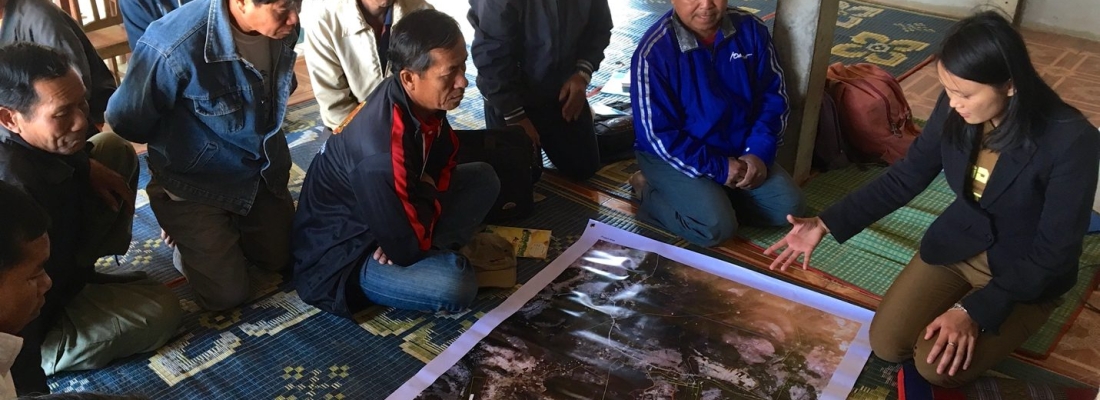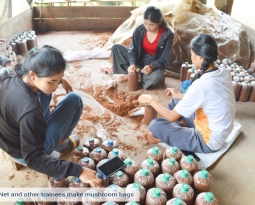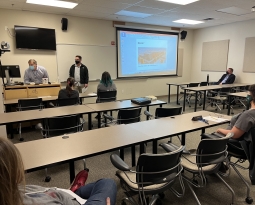Hydropower In Laos
In the last decade, the Southeast Asian region has enjoyed an accelerating economic boom, and the increasing demand for energy has resulted in hydropower returning to the development agenda in the Greater Mekong Subregion. In Lao PDR, one of the least developed countries in ASEAN, hydropower is viewed as an important source of income and a driving force for its economic growth; in 2018 hydropower along with mining accounted for 80% of Foreign Direct Investment (FDI). Lao PDR is primarily a mountainous country with major tributaries of the Mekong River, and about one third of the Mekong River basin is located within its borders. This geographical feature, together with the country’s relatively high annual rainfall, grants Lao PDR advantages in hydropower generation.
Although hydropower development in Lao PDR has often been framed with multiple socio-economic development benefits, it is becoming increasingly apparent that the focus on large, capital-intensive infrastructure projects, particularly hydropower projects, has significant adverse environmental and social impacts that are difficult to mitigate.
Some researchers have been studying the impacts of communities living downstream from Lao PDR’s largest dam, the Nam Theun 2 Hydropower Plant (NT2). You can read more about the NT2 hydropower project in Lao PDR in the following published papers:
The People and their River, the World Bank and its Dam: Revisiting the Xe Bang Fai River in Laos





